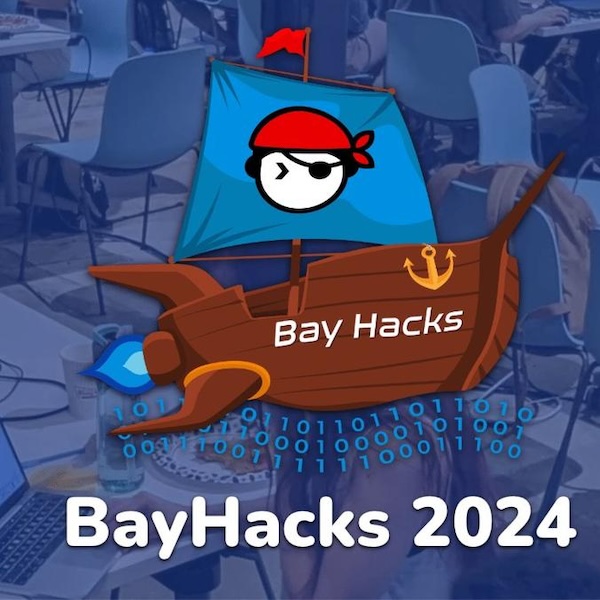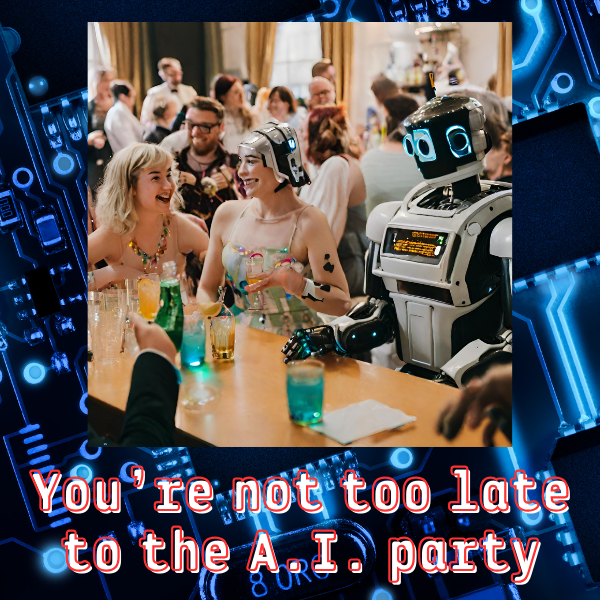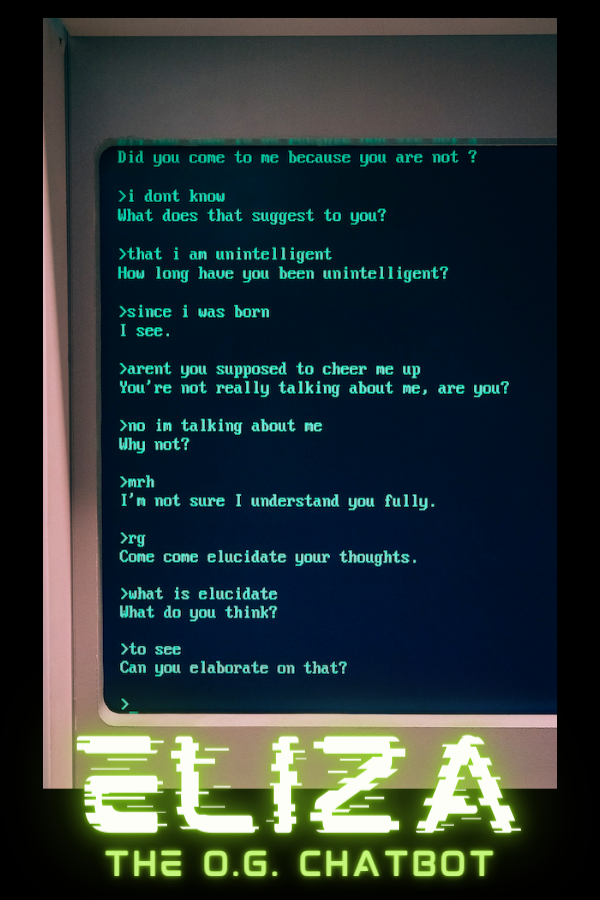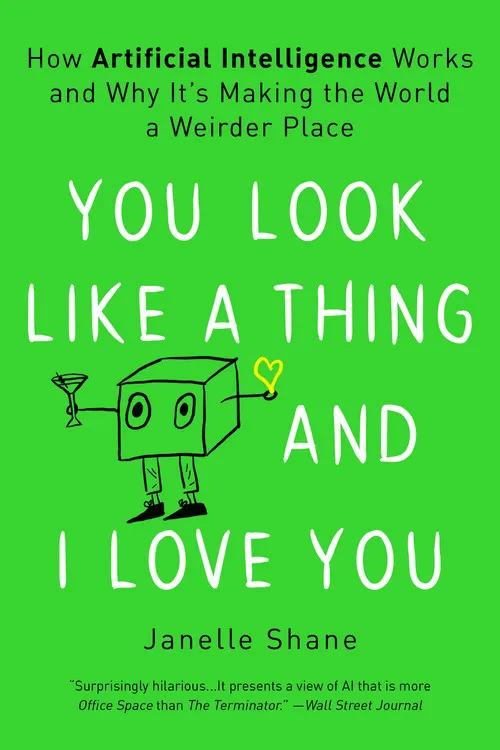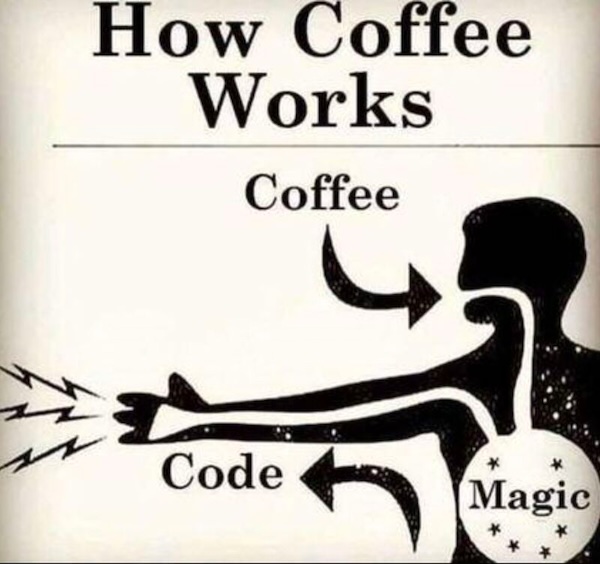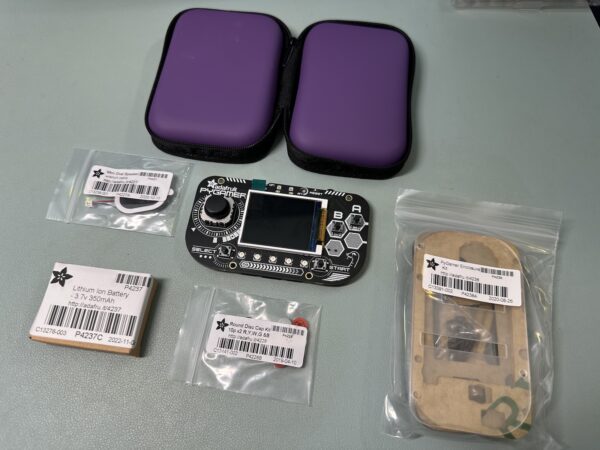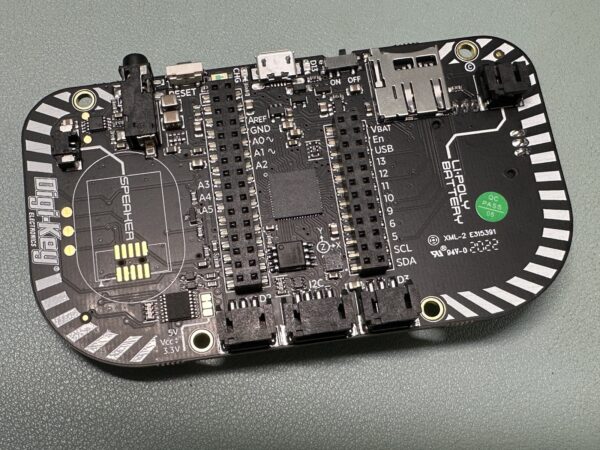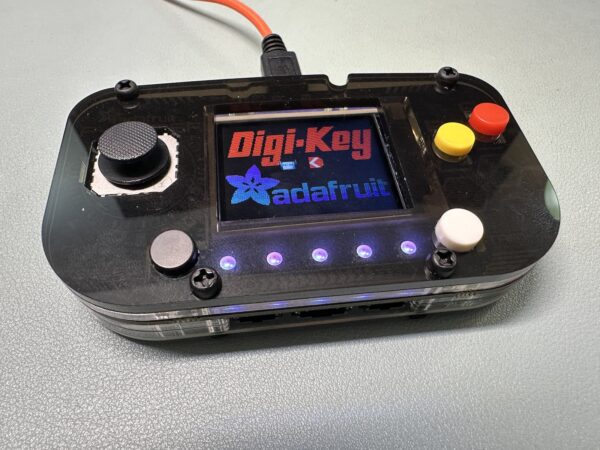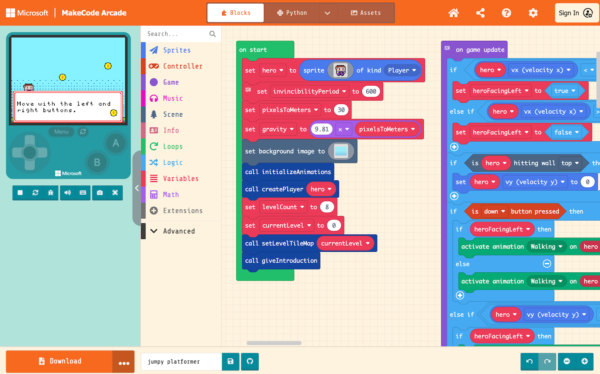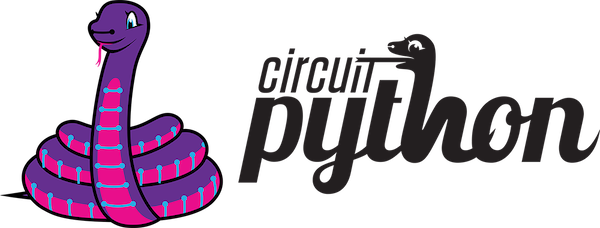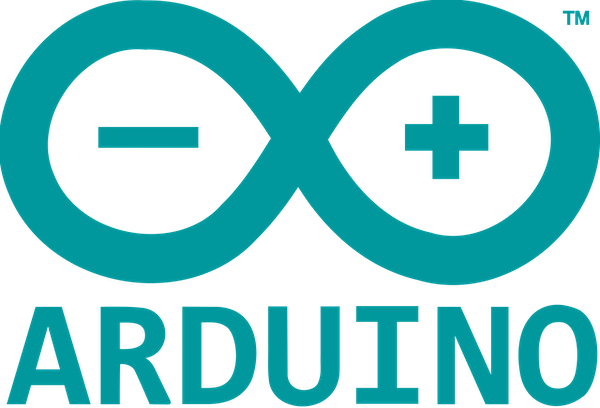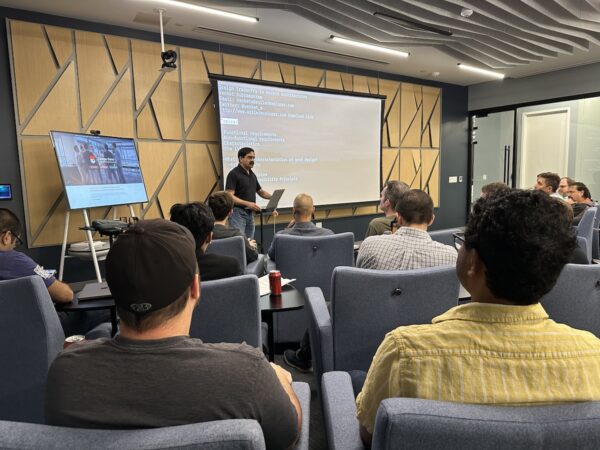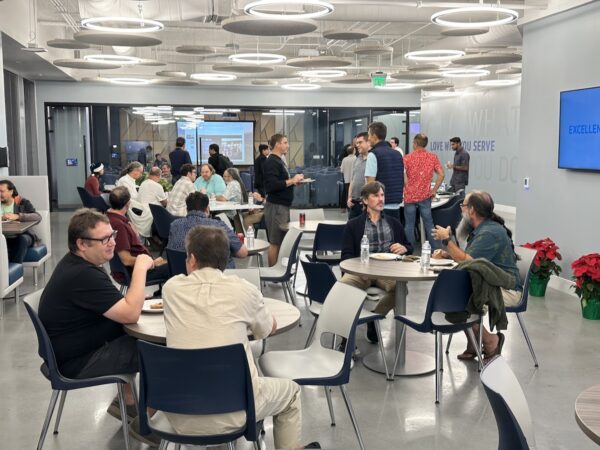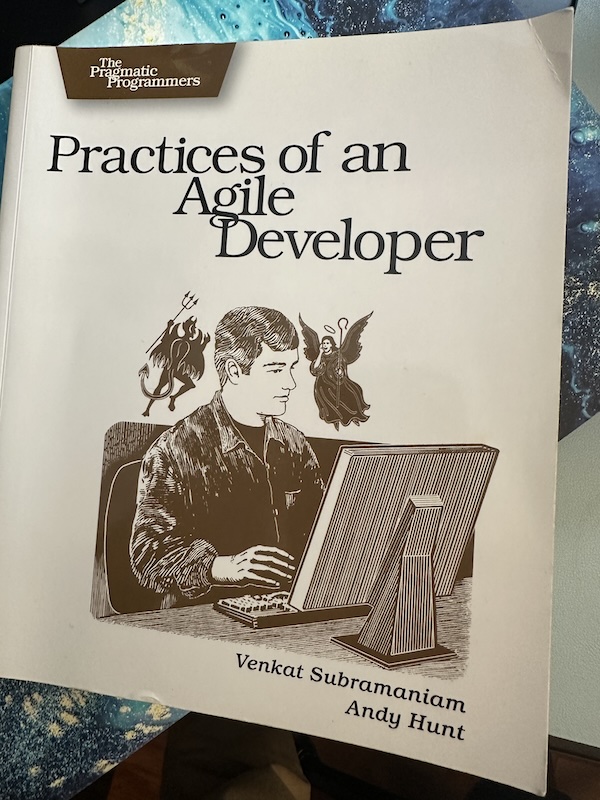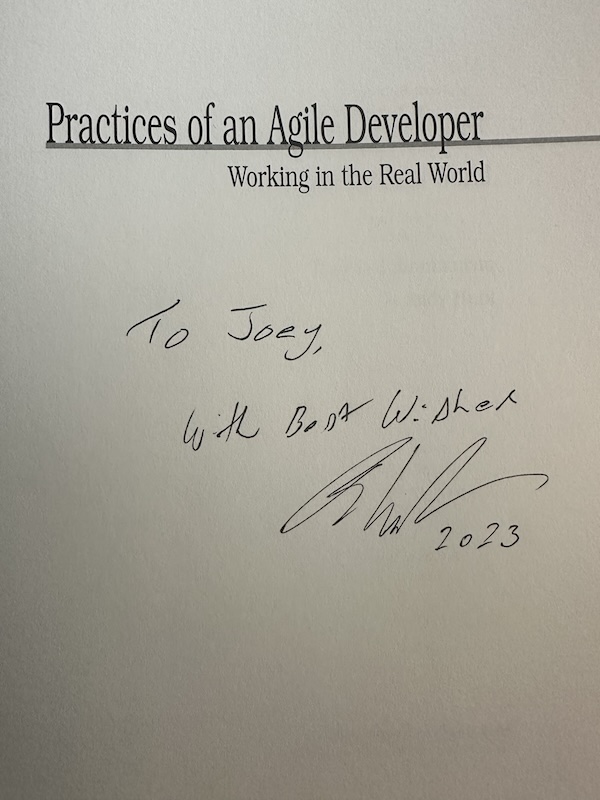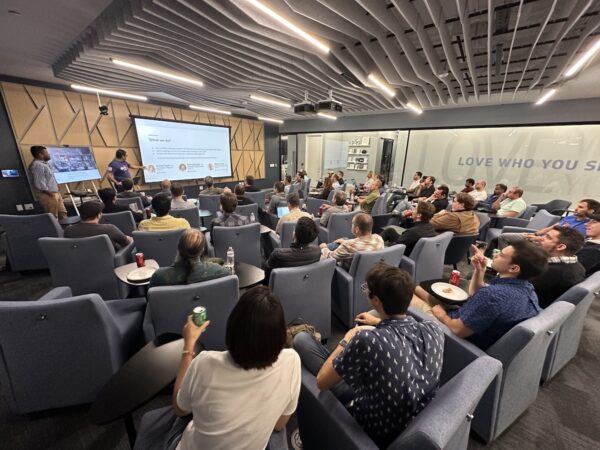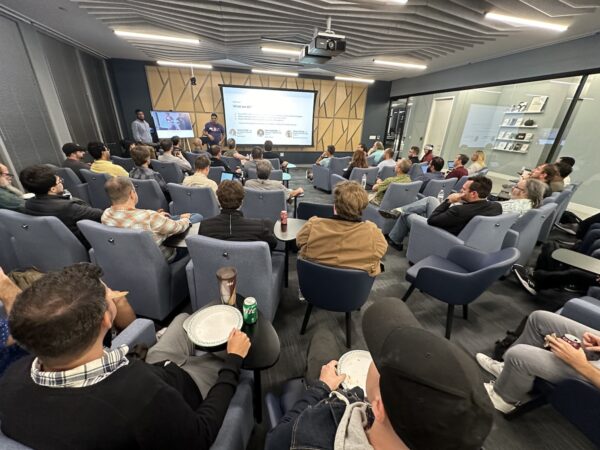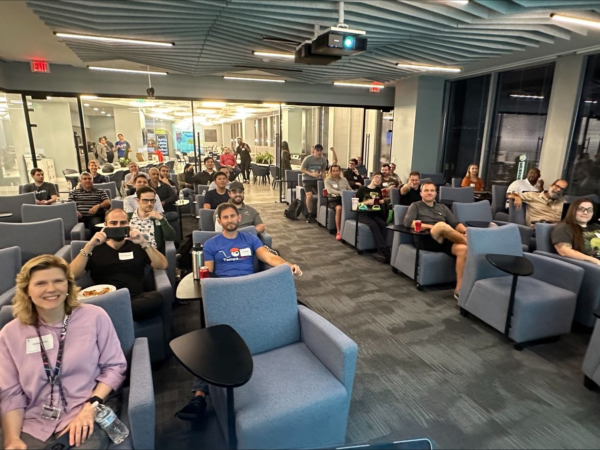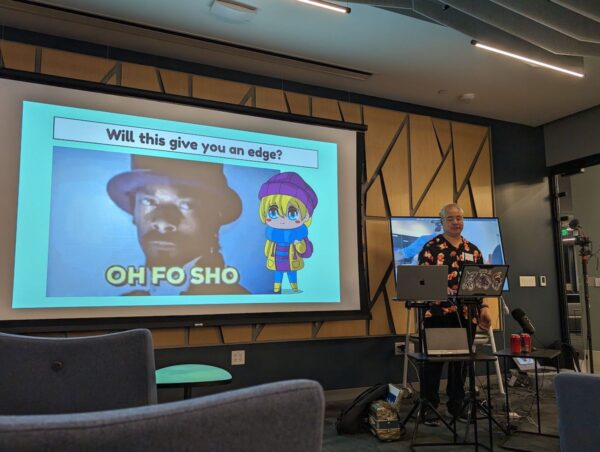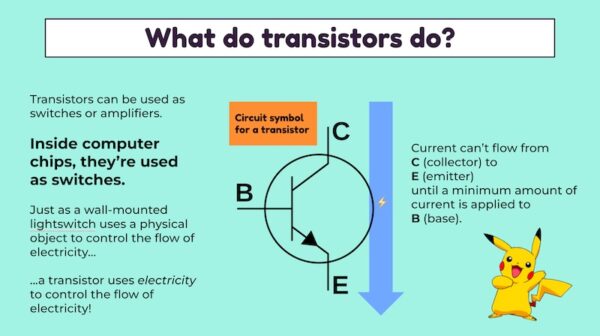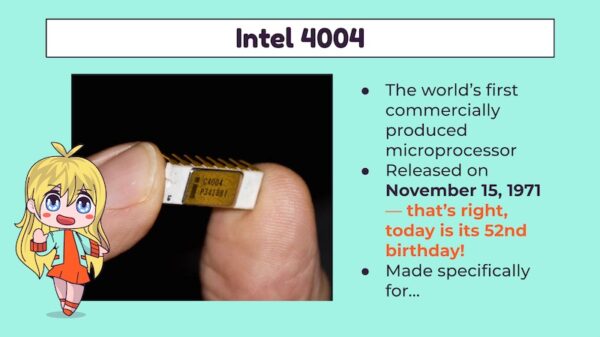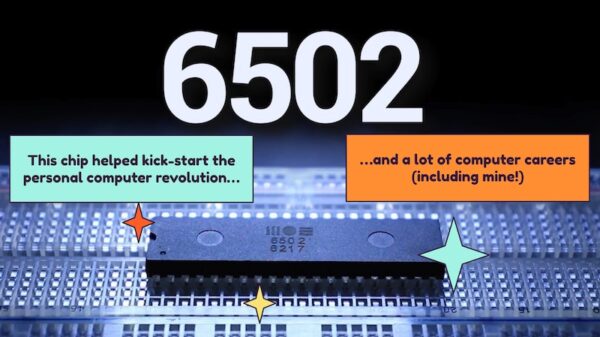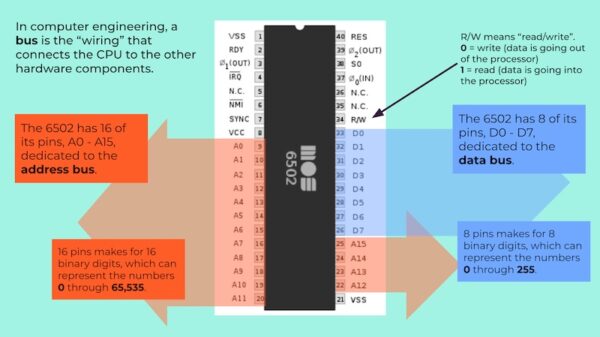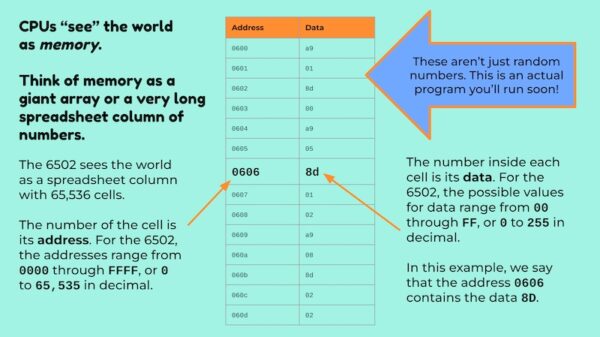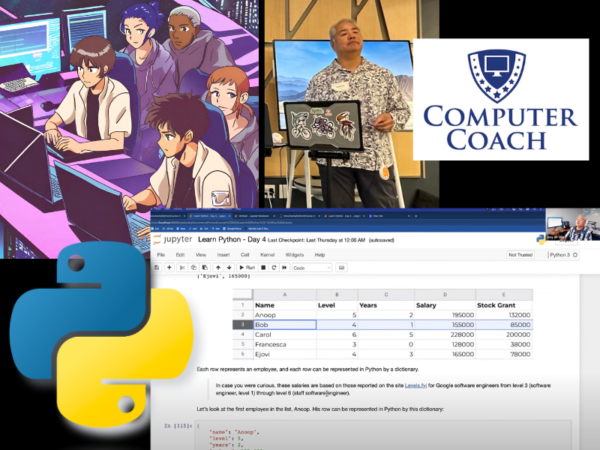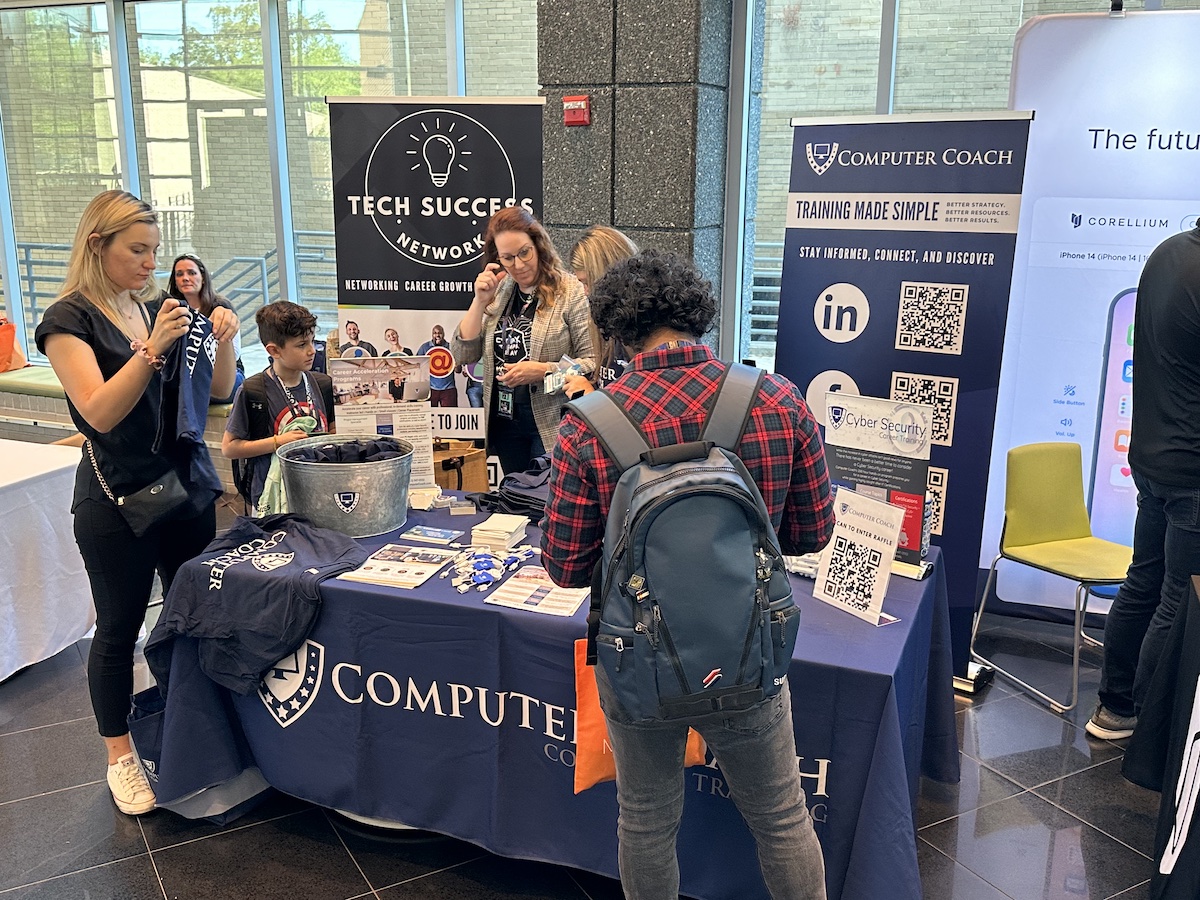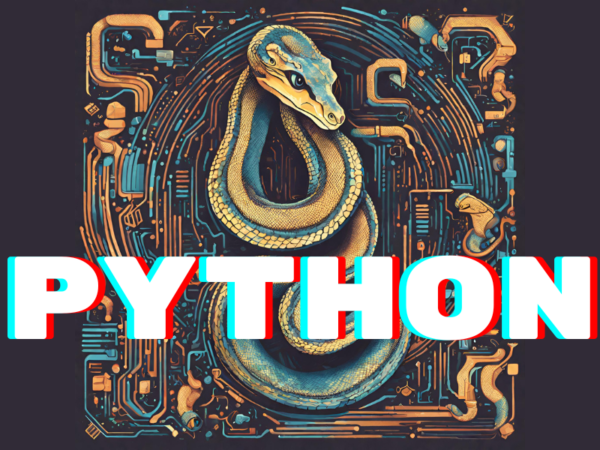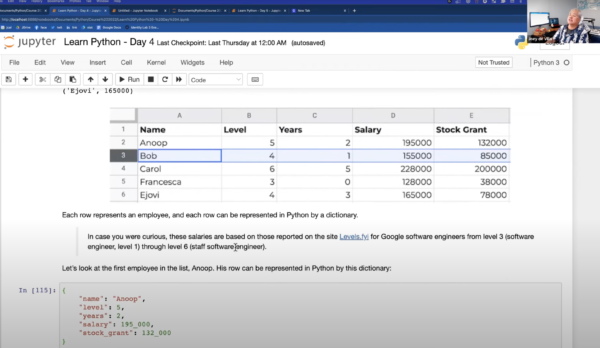Tampa Devs are holding the BayHacks 2024 hackathon on the USF campus this Saturday and Sunday, and they’re handing out cash prizes to the winners! If you craft code, design web pages, come up with user interfaces, make graphics, manage projects, or come up with ideas — or any combination of these — this is the event for you!
There’s a FAQ for the event, but you can also read the highlights below.
What’s a hackathon?
A hackathon is a competitive event where people with a technology bent — typically developers, designers, and other tech enthusiasts — form teams that work to build a software prototype (which can also include some hardware) that solves a problem or accomplishes a goal within a limited amount of time (typically ranging from a few hours to a couple of days).
Think of it as a pressure cooker of skill and creativity, where teams of participants brainstorm, code, design, test, and refine their creations in a race against the clock — and other teams! Collaboration and innovation are key, as participants huddle around laptops, sketch pads, and whiteboards, exchanging ideas, troubleshooting, and iterating rapidly to refine their solutions. Mentors and industry experts are often available to provide guidance and feedback, adding another layer of learning and networking to the experience. At the end of the event, teams present their projects to a panel of judges or the entire audience, showcasing their ingenuity, technical prowess, and presentation and problem-solving skills.
To use the words of the organizers, Tampa Devs, “It’s one part party, one part work-your-butt-off overnight battle against the clock and the competition.”
What will participants be building at BayHacks 2024?
This hackathon doesn’t have a theme, so participants can build any kind of software/hardware project they want.
However, they don’t have a lot of time to build. Building time starts at 12 noon on Saturday and stops at 2:00 p.m. on Sunday, followed by project presentations, judging, and the awarding of prizes.
Do I have to participate, or can I just be a spectator?
Space is limited, so there isn’t room for spectators. If you attend, you must participate in a project!
Where will BayHacks 2024 take place?
It’ll take place in Discovery Hall, USF Research Park, USF.
Since you mentioned times, what’s the schedule?
Saturday, February 24th
| Time | What’s happening |
| 10:00 a.m. | Participant check-in / networking |
| 10:30 a.m. | Opening ceremonies, explanation of format, and other announcements |
| 11:00 a.m. | Team formation |
| 11:30 a.m. | Pitching proposals |
| 12:00 p.m. | The work begins! |
| 5:00 p.m. | You don’t have to stop, but you have to exit the venue. |
Sunday, February 25th
| Time | What”s happening |
| 10:00 a.m. | Participant check-in |
| 10:30 a.m. | The work continues! |
| 2:00 p.m. | Teams present their projects |
| 3:00 p.m. | Judging and the awarding of prizes |
| 5:00 p.m. | End of the event |
Did you mention prizes?
Yes, there are prizes. Cash prizes, in fact…
| Place | Cash prize amount |
| 1st | $750 |
| 2nd | $500 |
| 3rd | $250 |
How are projects judged?
They’ll be judged on the following criteria:
- Quality and innovative nature of the idea / demo
- Utility of the idea / demo
- UI / UX design
Who are the judges?
They’re prominent members of the Tampa Bay tech community held in high esteem. You may recognize one of them:

That’s right, I’m a judge. So impress me!
How do you register for BayHacks 2024?
Register for BayHacks 2024 at the BayHacks 2024 Eventbrite page. It costs $10 to register, but that $10 helps cover the costs of running the hackathon and also gets you the official T-shirt, swag bag, andSpa a single entry into the pre-event raffle for a pair of Tampa Bay Lightning tickets.
